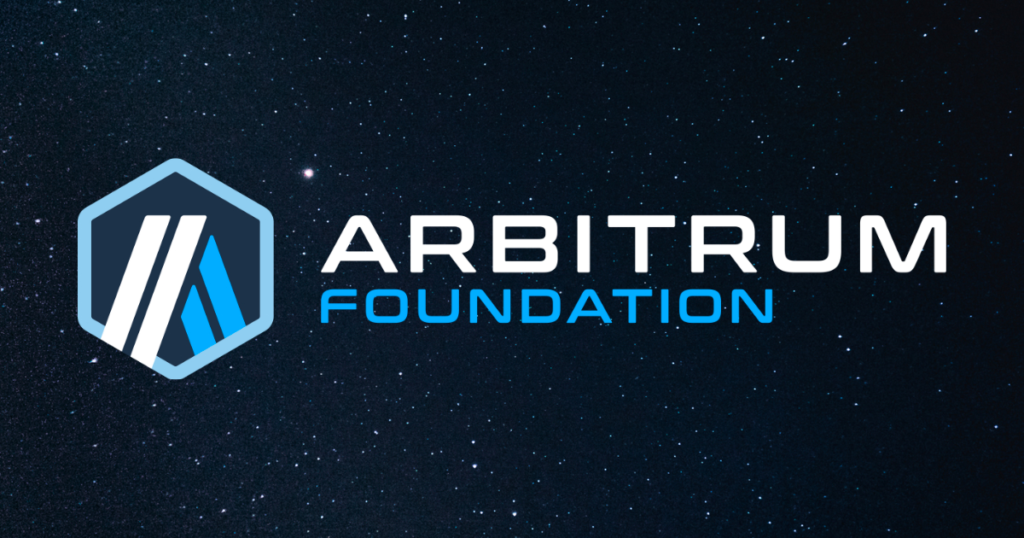The recent setbacks for US cryptocurrency companies have highlighted the need to rely on banks for companies that accumulate large sums of money on a daily basis. However, the failure of some banking institutions and the general distrust of cryptocurrencies has not helped stabilize companies like Binance.
Thus, a rumor that has been circulating for a long time is that Binance is in the process of acquiring one or more banks. The rumors were confirmed by Zhao Changpeng himself, who reiterated his interest last November.
“There are people who hold certain types of local licenses, such as traditional banking services, payment providers, and even banks. We look at all of this. »
However, according to CZ’s latest statement, the ecosystem has changed since then, and so have Binance’s plans.
Binance no longer plans to buy banks
Interviewed on the Bankless podcast, the Binance CEO mentioned the resulting hurdles that make bank acquisitions more difficult. He confirmed he had investigated the matter and said banks were regulated the same way as online trading platforms.
“The reality is much more complicated than the concept. Even if you buy a bank that only operates in one country, you still have to deal with that country’s banking regulator. You can’t buy a bank and do whatever you want. »
Regulators can actually block banking institutions from doing business with cryptocurrency companies. In addition, a priori a bank is not enough, it is rather corresponding banks. However, according to Changpeng Zhao, most correspondent banks are located in the United States.
Last point from the CEO of Binance: running a bank is a very expensive and risky business.
“A lot of banks don’t have very viable business models. These are very risky ventures. They take money from customers, lend it, try to make a profit from it, if they don’t get it back they declare themselves bankrupt. […] I don’t like running this type of business. »
This is a veiled reference to the allegations currently affecting Binance. In fact, the company has been accused of mixing customer funds with its own. Still, Changpeng Zhao acknowledged that Binance will not attack traditional finance by becoming a bank just yet.
The integration of Stably with Bitcoin in the form of BRC-20

The Stablecoin project has been around since 2019, so it’s nothing new. What is new, however, is its recent integration with Bitcoin in the form of BRC-20. BRC-20 means equivalent to ERC-20. These are made possible by the Ordinals protocol, which embodies the current discussion.
Thus, the Stable project, which defines itself as “Stablecoin-as-a-Service”, will start with Bitcoin. As announced a few days ago, USD’ was chosen as the ticker, thus calling itself ‘the first dollar stablecoin on the Bitcoin network.
Reluctance that persists
In fact, the first factor seen in Stable stablecoins should alert potential users. First of all, we would like to inform you that the maximum amount is set at $69.42 billion. It’s a ridiculous amount of money… and above all high, and not reassuring about the creator’s intentions.
Moreover, when looking at portfolios that include funds that are supposed to support the stablecoin, we see that they are still underfunded. Only $231 included at the moment. This is a very low number, especially compared to Stable’s minimum purchase. Investors cannot buy (or sell) stablecoins below $1,000.
Another factor that could be mentioned was that Stable needed to clarify that it was their custodian (Prime Trust), and not Stable Trading LLC, that was regulated as the custodian. Therefore, the ambiguity was particularly emphasized. In conclusion, it should be remembered that useful information on the capitalization of the USDS remains difficult to find.
Therefore, all of these factors require careful consideration in the face of a project often touted as Bitcoin’s first stablecoin. The excitement surrounding Ordinals is palpable, but that doesn’t mean all the resulting projects are viable.
A $7.5 Million Hack at Arbitrum

Just days after rolling out the second version, the Jimbos protocol project hosted at Layer 2 Arbitrum (ARB) ran out of 4,090 Ether (ETH) or approximately $7.5 million at the time of the event. that is, the paddy field of May 28.
As of this writing, funds are still in the form of ETH at the same address and also reported by Etherscan explorer.
As for the technique the hackers used, they may have simply exploited the protocol’s lack of slippage controls by repeating the exchange multiple times through the $5.9 million flash loan. This technique, often admired by hackers, has led to the hacking of Platypus and Nereus Finance protocols, among others.
Once in possession of the funds, the hackers routed them through the Stargate and Celer bridges.
In his last tweet, Jimbos Protocol asked for the help of several investigators from his chain to follow the movement of money by hackers, including ZachXBT, samczsun or Mudit Gupta. No one seems to have answered yet.
The Jimbos protocol was intended to take advantage of the code of the Olympus protocol and solve the problem of liquidity and volatility. One was mechanically and intrinsically linked to the other.
A drop in hacks for the start of 2023

Around $400 million was stolen in around 40 hacks in the first quarter of 2023, down more than 70% from the same period in 2022, according to a report from TRM Labs.
Of course, due to the amount, a few hacks accounted for the majority of funds stolen over a period of time, so the situation in the first quarter is not predictive of what will happen for the rest of the year. . Thus, according to TRM Labs, just 10 hacks account for 75% of stolen funds for all of 2022.
According to CertiK, a company specializing in blockchain security, bridges are set to become a prime target for malicious hackers again in 2023.
In fact, because of how they work, bridges have become a very important source of liquidity in the decentralized finance (DeFi) ecosystem, as evidenced by things like the now infamous hack of 624 million Ronin in the year last.
Crypto of the week – IOTA

IOTA aims to be the next evolution of distributed ledgers focused on the Internet of Things.
The Internet of Things (IoT or Internet of Things) represents the connection of multiple objects over the Internet by assigning unique identifiers to multiple objects. These objects can therefore transfer data over the network.
Examples include connected cars which can send data such as speed and location to other connected cars, and cameras and sensors which can detect motion, temperature and humidity and transfer it to a database.
The IoT is a growing field and there are good reasons to simplify and improve the lives of those who use it every day. IOTA is one of the projects based on DAG (Directed Asymmetric Graph) technology. This DAG is called the Tangle and clearly distinguishes the operation of IOTA from other cryptocurrencies.
Most cryptocurrencies operate on blockchains, securing their state through blocks that link ledgers, history, and data (hence the name blockchain or blockchain).
Blockchains therefore face bottlenecks when a large number of transactions are sent to the network.
IOTA was designed to avoid this technological problem.
What was IOTA founded for?
The project was founded in 2015 by David Sønstebø, Sergey Ivancheglo, Dominik Schiener and Sergei Popov.
IOTA’s vision is simple. It solves the blockchain trilemma by creating a permissionless, highly scalable, fully decentralized, secure, and accessible network capable of large-scale deployment.
With a Market Cap of €571,399,277, a price of €0.2069, the price undergoes this week an increase of 7.02%, making it rise to 68th place in the CoinMarketCap ranking.
Don’t forget to read our news from last week!
This article is not investment advice. Do your own research before investing in the cryptocurrency market.

